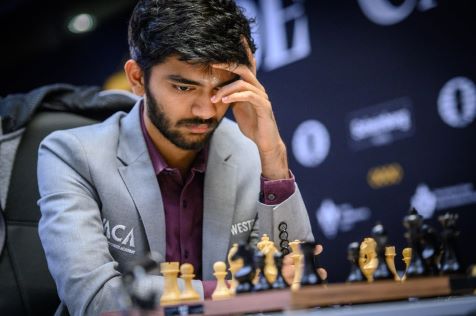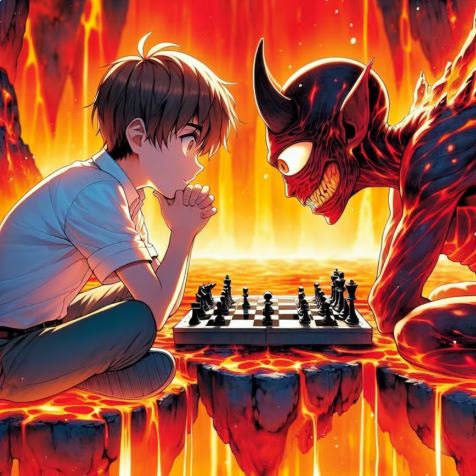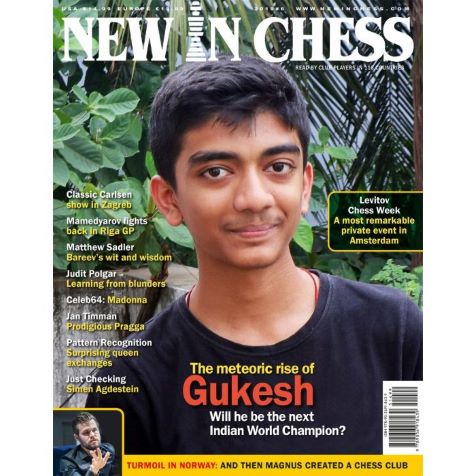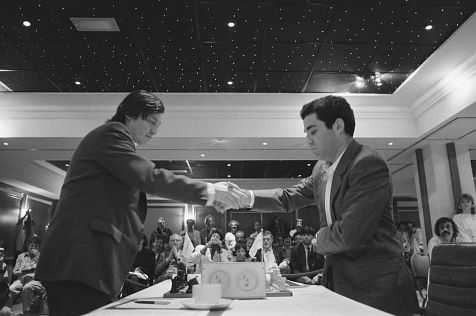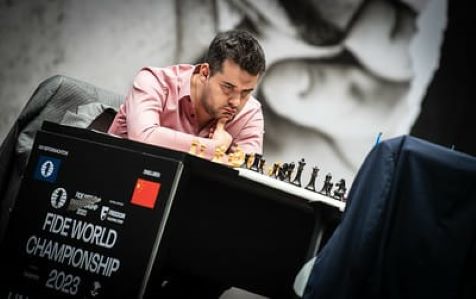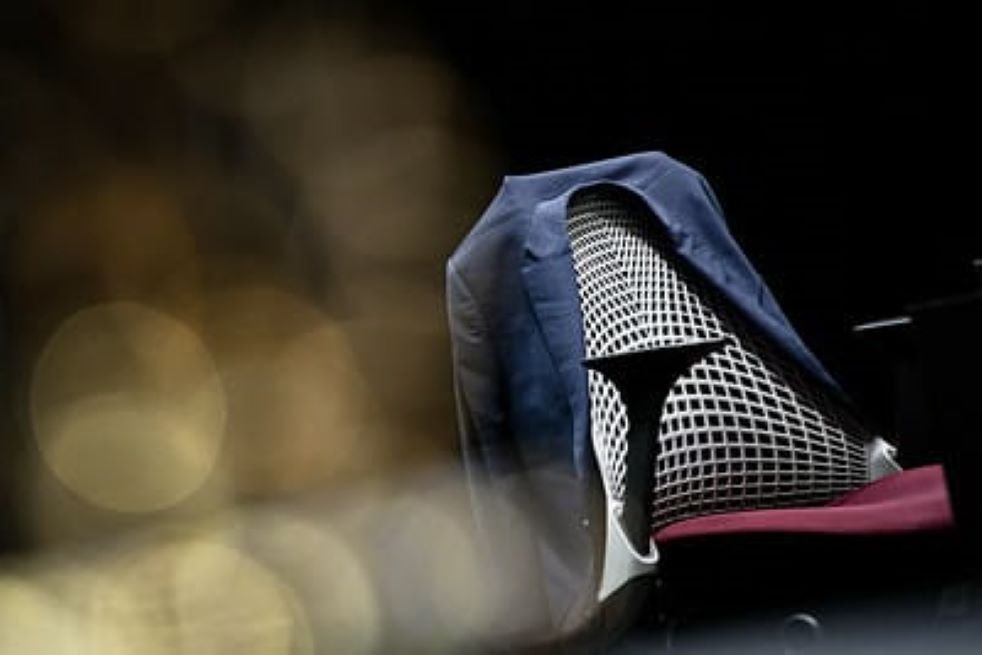
Let’s talk history
By now, a lot of voices have tirelessly criticized Ding Liren for his play in the second game: for his 4.h3, utterances in the press conference, and spending time at the relaxing area away from the board. Is it all justified?
Definitely, 4.h3 looks too whimsical to be played in a world championship game, to put it mildly. But let us recall some instances from history:
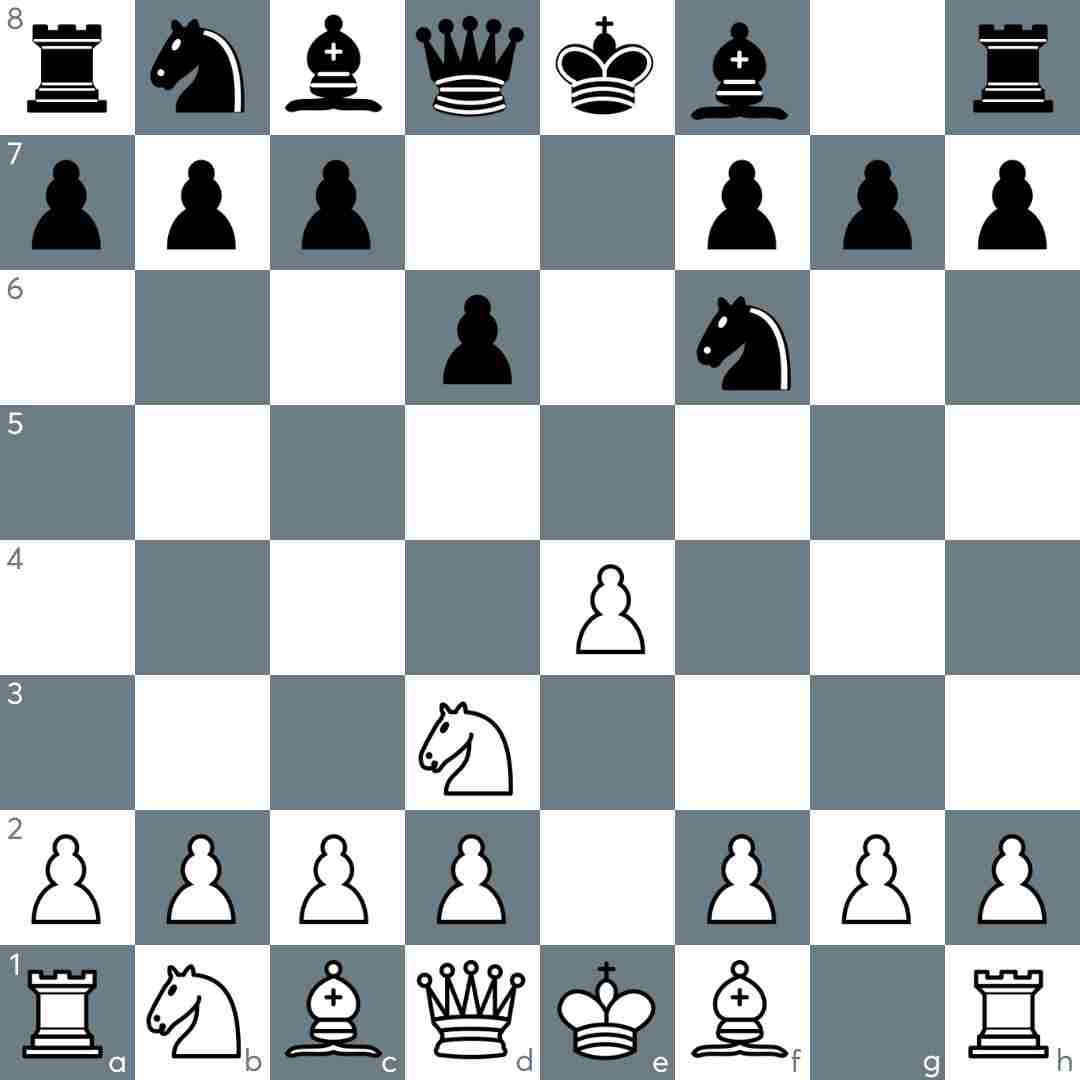
This is from Magnus Carlsen – Fabiano Caruana, World Championship 2018 game-6, and White has just played 4.Nd3. Carlsen definitely had his ideas for the move, but it looked quite weird when it appeared on the transmission boards. Especially coming from arguably one of the greatest ever players of the game.
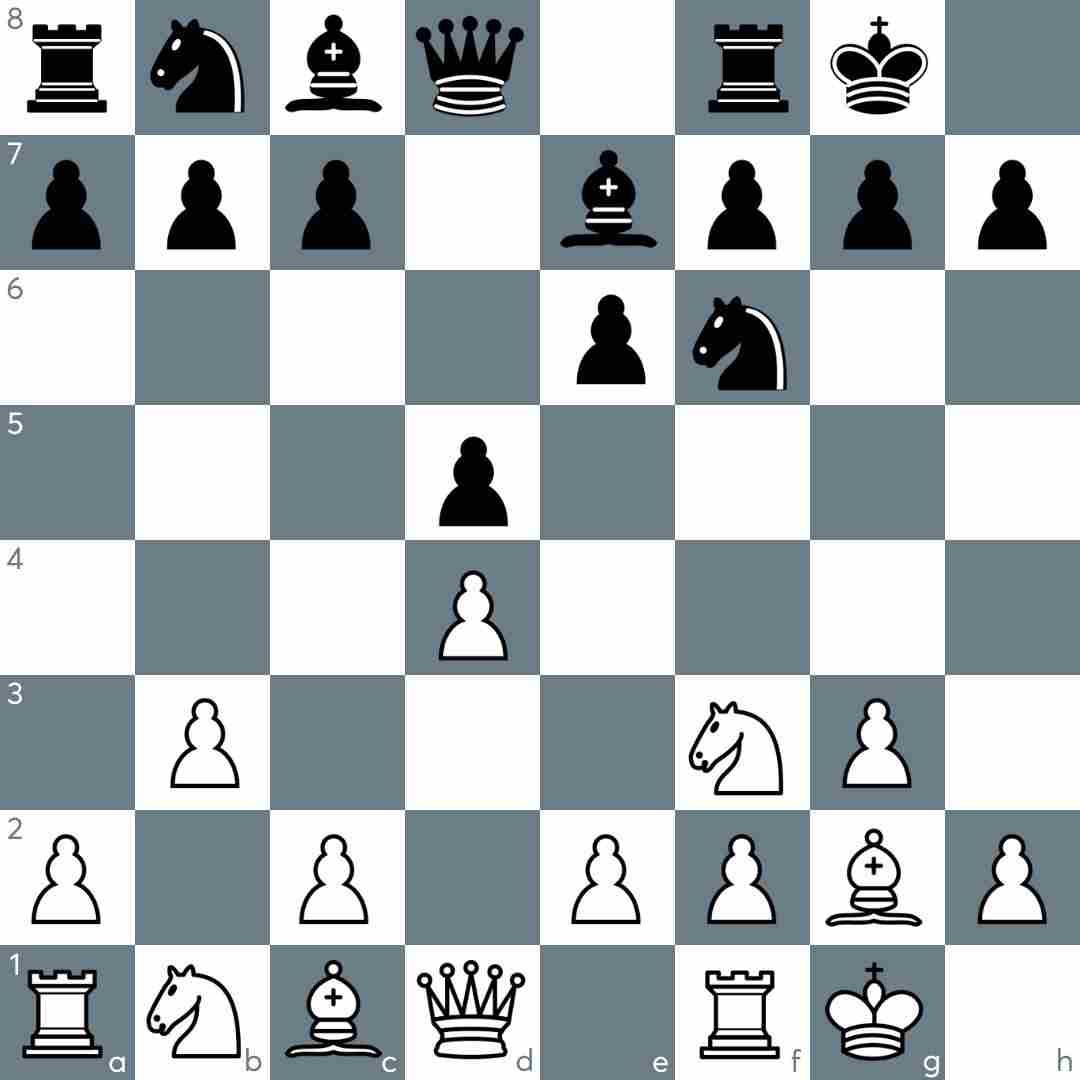
This is from Magnus Carlsen – Ian Nepomniachtchi, World Championship 2021 game-6, and White has just played 6.b3. For an average chess lover, 6.b3 might look like a ‘normal’ move, but for professionals it is an intrigue. After all, White doesn’t seem to be fighting for the centre with the ‘regular’ 6.c4. What could be his idea?
At that time, Grandmaster Anish Giri had annotated this game, and had come up with the memorable words: ‘Catalan without c4 being played? What is this? Is it even a challenging line? Frankly speaking, it is not. But as Peter Heine Nielsen (the loyal member of Team Carlsen) said, they don't dare getting opening-edge with White. Their goal is simply to avoid well-trodden lines and get into a fresh area where Magnus could try proving why he is a number one player in the world.”
We all know our Anish by now (don’t we!?), and we do get the witticism, but in the end he subtly reveals the thinking behind White’s play. Magnus Carlsen played 6.b3 above all to get a fresh position on the board, where he could just play his chess. Pure and simple.
Now, to argue from his side, Ding played 4.h3 with similar intentions. Only, his subsequent play was much below-par for a world championship challenger. That’s all.
By the way, Grandmaster Daniil Dubov has come up with another insight about 4.h3: “Imagine you are on Ian’s team: you prepared for the match for half a year, you checked all the decent openings, and you think you are good to go. You managed to out-prepare Ding in the first game; life couldn’t be better. And then, suddenly, 4.h3 happens! And you realise that you are going to spend the whole free day by checking all the possible h3s and a3s in any legal position...” Interesting!
What about Ding’s statements in the press conferences? They appear to be out of stress. Brutally honest and straight-forward reeking of self-criticism. Kind of disoriented. But not too long ago, one more world championship challenger too went through similar vibes during a world championship, and he didn’t do badly in his chess career:
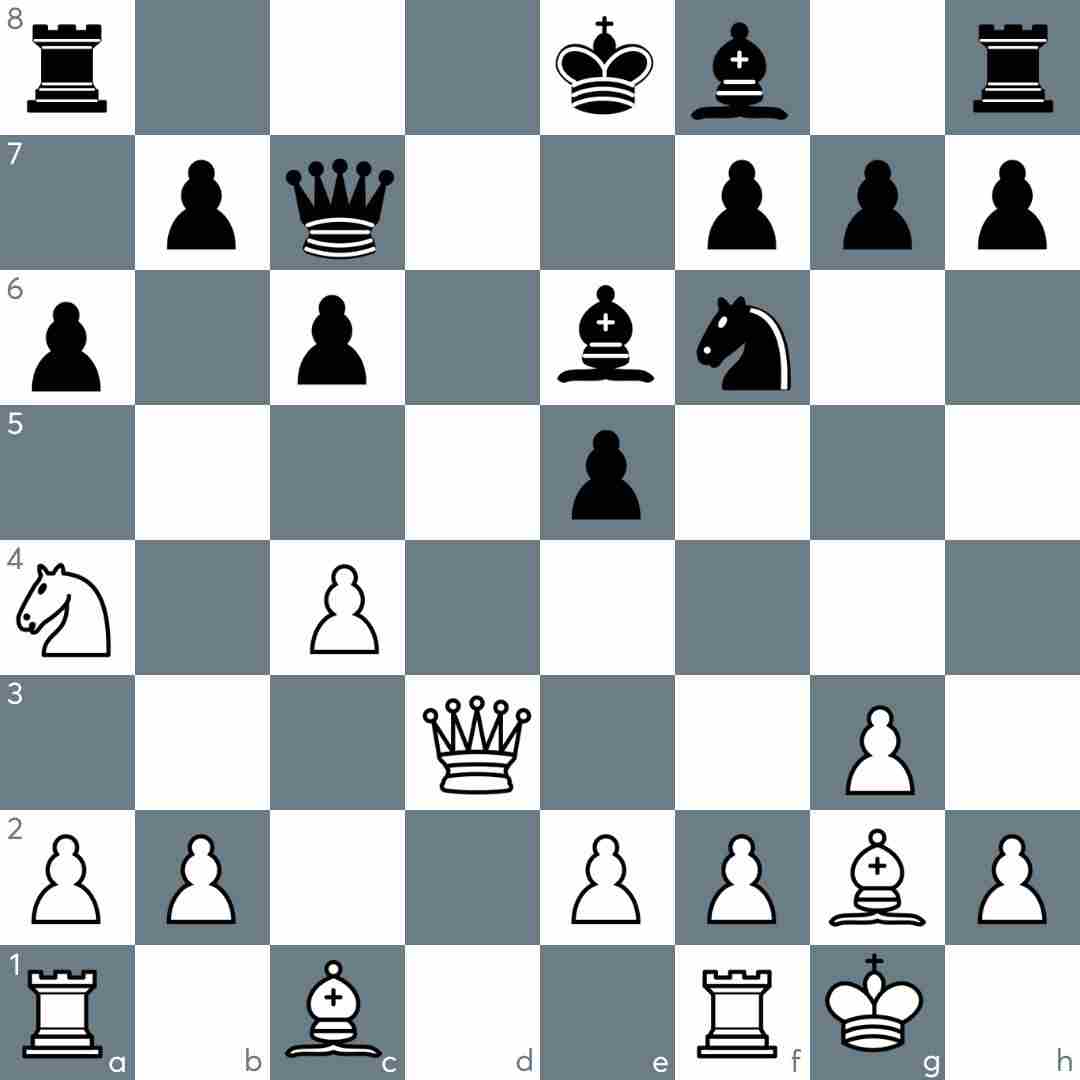
This is from Garry Kasparov – Vladimir Kramnik, World Championship 2000 game-7. White has just played 11.Na4, and the contestants agreed to a DRAW here! Incredible. At this point, Kasparov had lost the second game of the match and was trailing Kramnik with a score of 2.5-3.5 in the 16 game match, and still offered a draw with white pieces with almost nothing of significance happening on the board yet. He ultimately lost the match 6.5-8.5.
[Ironically, the great Kasparov visited the World Championship 2012 between Anand – Gelfand, and blasted the players for lack of fighting spirit in the first six games, but that’s a different story…]
But why did Kasparov took such a short draw? Simply because, the pressure levels felt at world championships is not easy for everyone to cope with. Anatoly Karpov has talked about losing more than 10 kilograms during a match. Vishy Anand has admitted to losing entire night’s sleep after losing a game. So, it is not a wonder that Ding Liren appears to be disoriented on the biggest stage of his career. There are 12 more games to go, and the strong Chinese player can still show his calibre.
And what is this business of complaining about players spending too much time in resting arenas and empty chairs on the stage!?
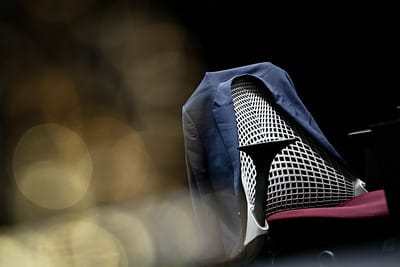
Grow up, people. Let the lads catch their breaths once in a while! It is fun too, watching them secretly as they cuddle up inside their cubbyholes…
(Picture courtesy: Stev Bonhage / FIDE)


